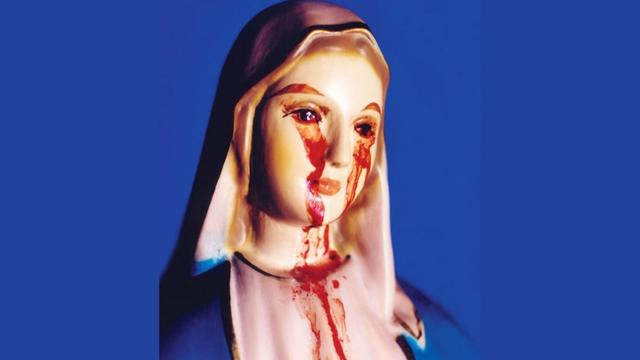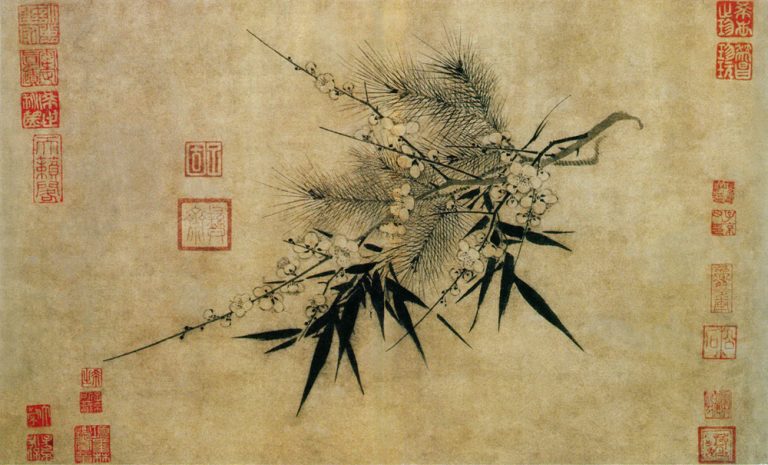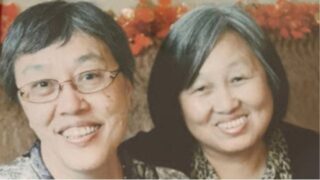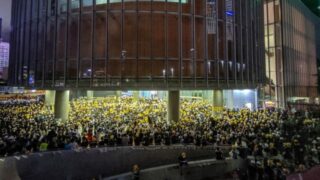In South Korea, the leader of the movement has been excommunicated by the Catholic Church. In Hong Kong, it becomes a problem of police.
by Gladys Kwok


Hong Kong public security is investigating the local followers of Julia Kim, also known under the birth name of Julia Youn, a South Korean woman excommunicated by the Roman Catholic Church and who leads her own new religious movement in Naju, South Korea. It is claimed that the group, entitled to Our Lady of Naju, is a xie jiao “brainwashing,” deceiving, and exploiting its followers.
That the Our Lady of Naju movement propagates “heterodox teachings” (the literal meaning of xie jiao) is a point on which, for once, the CCP’s Public Security and the Roman Catholic Church may agree. However, both in South Korea and elsewhere—including in the United States, where the movement of Julia Kim has several followers—the Catholic bishops limit themselves to criticizing the group on theological grounds. In Hong Kong, heresy immediately becomes a police matter.
Julia Kim was born in Naju in 1947. She had several difficult pregnancies and became bed-ridden, until she was also diagnosed with cancer. She reported she contemplated suicide, until a Catholic priest led her to accept her suffering and offer it to Jesus.
She bought a statue of the Virgin Mary, and in 1985 reported it was shedding tears of blood, which attracted first her friends and relatives and then pilgrims from all over the country.


In the following years, she reported further miracles, including the transformation of the host of the Catholic eucharist into real human flesh and blood in her mouth after she took communion. Healing and the appearance of the Christ-like wounds the Catholics call stigmata on her body followed.


The Catholic Church never believed Kim’s claim of miracles. In 1998, the local bishop of Kwangju declared that no genuine supernatural phenomena occurred around Julia Kim in Naju. She refused to submit, and in 2008 was excommunicated. A priest who supported her, Father Aloysius Chang Hong-bin, was suspended from his priestly functions.


Again, Kim and her followers did not accept their church’s decision and Our Lady of Naju continued as a religious movement separated from the Catholic Church, with the support of a handful of priests and followers in South Korea, the United States, Hong Kong, the Philippines, and other countries.
It seems that the activities of this controversial group may now no longer be tolerated in Hong Kong.









